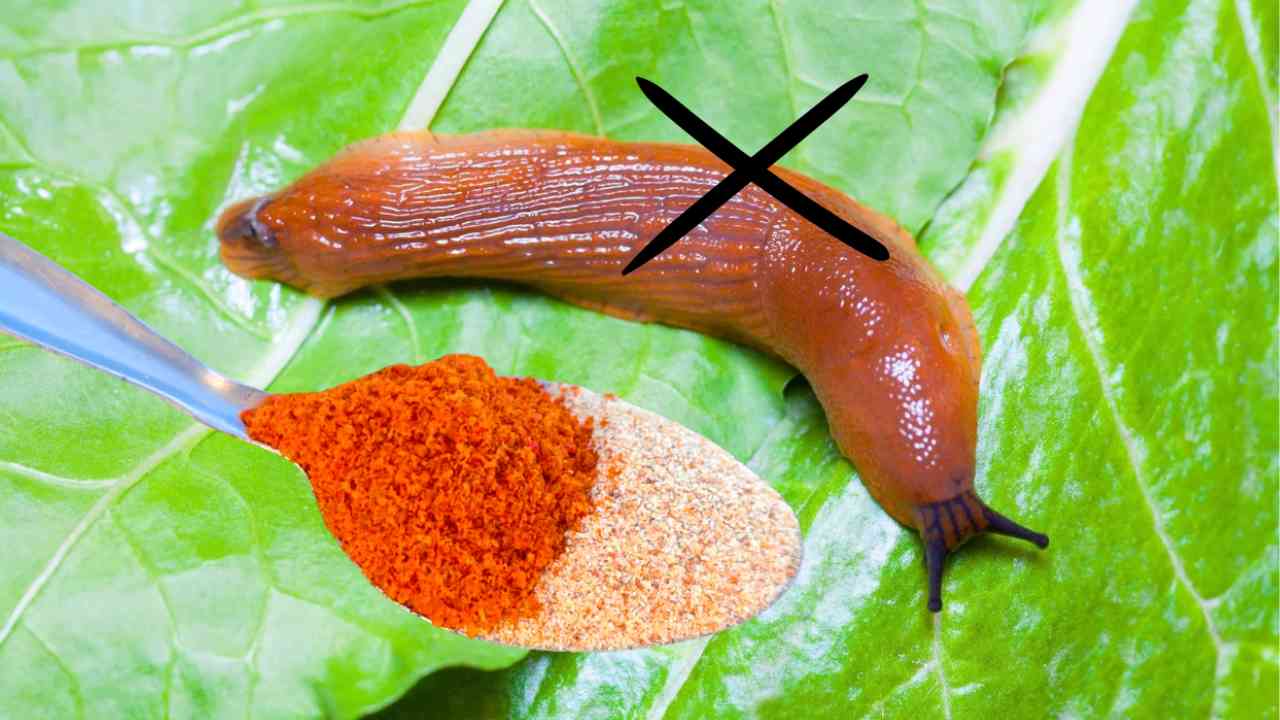How to Get Rid of Slugs and Snails: A Natural Solution
Are slugs and snails turning the leaves of your precious plants into Swiss cheese overnight? These menacing mollusks have voracious appetites, and even though they move at a snail’s pace (literally), they can do a lot of damage in a short time. They are notorious for chewing ugly holes into hosta leaves, but they will happily munch away on the tender foliage of all sorts of plants and will also feed on ripening fruits and vegetables.
Despite their destructive tendencies, slugs play an important role in the ecosystem by breaking down decaying plant matter and providing a food source for toads, turtles, snakes, and birds.
Gardening can be a rewarding experience, but the presence of slugs and snails can quickly turn it into a frustrating battle. These pests are notorious for devouring plants, leaving behind unsightly damage.
A Natural Defense
Fortunately, there’s a simple and organic way to protect your garden without resorting to harmful chemicals. By utilizing common household ingredients, you can create an effective deterrent that keeps slugs and snails at bay.
Ingredients You Need
To repel these garden invaders, you’ll only need two basic items:
- Ground hot red pepper
- Powdered garlic
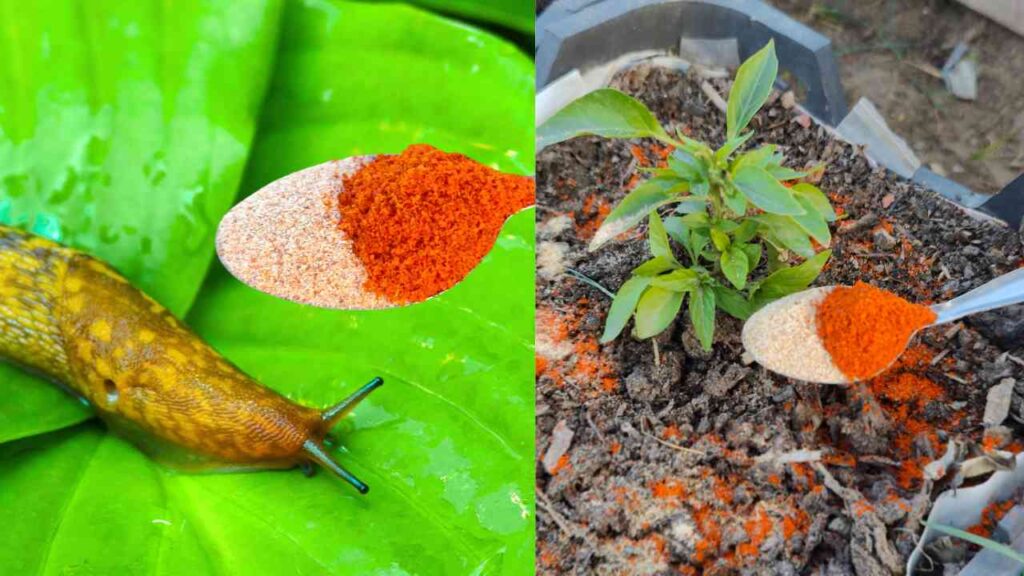
Both of these ingredients are readily available at your local grocery store and are incredibly budget-friendly.
Application Methods
Method 1: Sprinkle It On
- Create a barrier: Sprinkle a thin layer of ground hot red pepper and powdered garlic around the base of your plants, forming a complete circle.
- Disrupt their path: Slugs and snails will encounter this mixture as they attempt to reach your plants. The irritating substances will dehydrate and burn them, effectively deterring them.

Method 2: Make a Spray
- Mix the solution: Combine one tablespoon of ground hot red pepper and one tablespoon of powdered garlic with warm water. Let the mixture sit for a few hours.
- Apply the spray: Pour the solution into a spray bottle and apply it generously to your plants and the surrounding soil. This spray acts as a protective barrier similar to the sprinkled powder.
Benefits of This Method
- Organic and safe: The hot pepper and garlic mixture is completely natural and poses no harm to the environment or beneficial insects.
- Plant-friendly: This method won’t affect the taste or quality of your plants.
- Cost-effective: Compared to commercial pest control products, this solution is significantly cheaper.
Important Tips
- Consistency is key: After rain or watering, you may need to reapply the mixture to maintain its effectiveness.
- Timing matters: For optimal results, water your plants in the evening, allow the soil to dry slightly, then apply the pepper and garlic mixture.
There are some other techniques to keep slugs away from certain garden plants, rather than eliminating them altogether control methods can be used to ward them off without harm.
1.Identify Their Presence

To avoid major damage to your plants, you should be on the lookout for slugs regularly, especially if they have been a problem in the past. Because these critters are most active at night or on cloudy days when it is cool and damp, you may need a flashlight to spot them. Be sure to check low-growing foliage and the soil underneath plants, especially in shaded areas. You can also find them hiding under rocks and flat stones.
Although slugs and snails vary in size and color, depending on the species, you can clearly identify them by their extensible eye stalks, which look a bit like alien antennae. Both pests will also leave behind a silvery slime trail as they move, a telltale sign of an infestation.
2. Pick Them Off By Hand
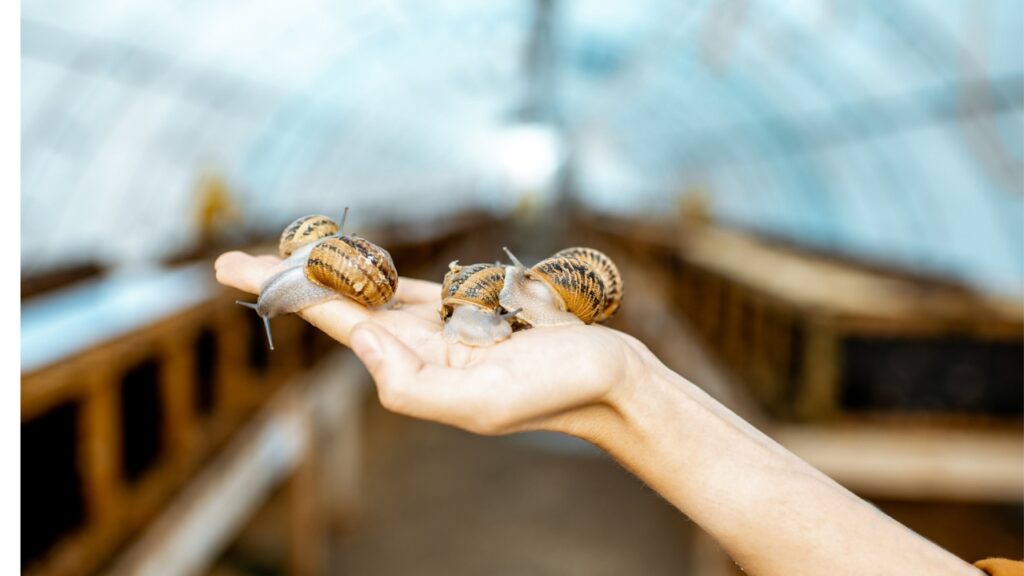
This option is definitely not for the squeamish, but it can be quite effective when done on a regular basis. Every time you see a slug or snail, pick it off by hand (wearing gloves will make the chore less unpleasant) and dispose of it by tossing it into a bucket of soapy water. Because slugs like to hide during the day, you will have greater success handpicking after dusk or early in the morning.
3. Set A Trap
Instead of removing slugs from your plants one by one, set up simple slug and snail traps throughout the garden to nab a lot of these trespassers at one time and make them easier to dispose of. Inverted grapefruit or melon rinds work well, or create a shady retreat where slugs can take shelter on hot days by laying flat boards on the ground, slightly raised, so the slugs can crawl beneath them.
Another good home remedy is to fill a shallow container, such as a pie tin, with beer. Because slugs and snails are attracted to the yeasty aroma, they will crawl into the trap and drown. A mixture of sugar, water, and yeast is equally effective. The downside of beer traps is that they only work within a range of a few feet and must be replenished daily to make a significant impact.
4.Create An Unfavorable Habitat
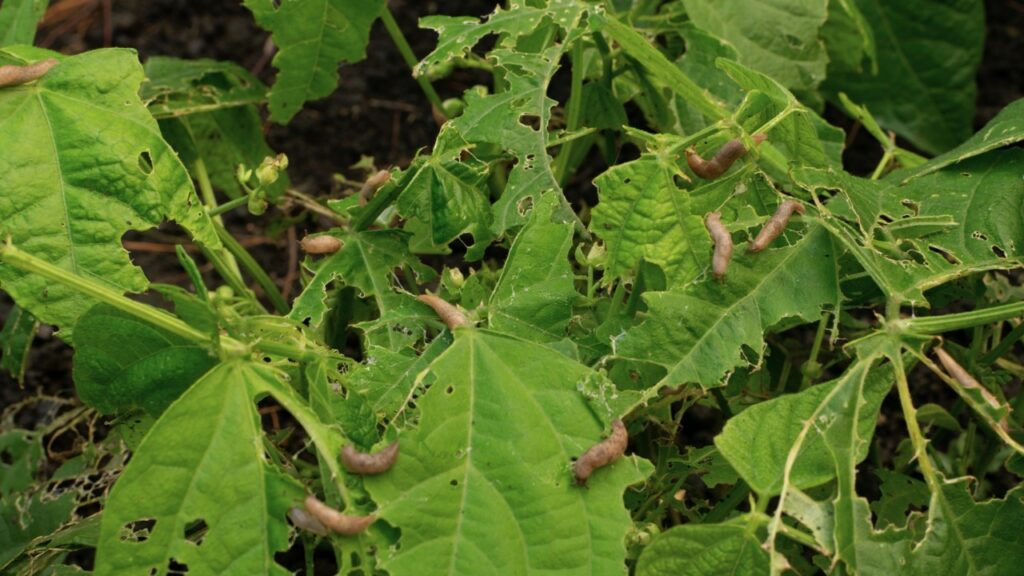
Slugs and snails love to hang out in moist, shady spots in the garden and in areas that are heavily mulched. They will also hide during the heat of the day under logs, branches, and piles of fallen leaves.
To make the habitat less hospitable, practice good housekeeping by removing plant debris and dead leaves from the garden, especially in the fall—the peak time for slugs and snails to lay their eggs. When using mulch, don’t apply it at a thickness greater than 3 inches, and keep it away from the base of your plants so slugs won’t burrow through it to reach covered stems.
Tip: Improve the air circulation in your garden by dividing and thinning plants, which will allow the soil surface to dry out more efficiently. Keeping the areas between plants drier will discourage slugs and snails from using them as pathways through the garden.
5. Put Up A Barrier
If you have raised beds for a vegetable or herb garden, copper tape applied along the edges or tops of the framework can be an effective method for keeping snails and slugs at bay. Their slime reacts with the copper to create an unpleasant sensation, similar to a mild electrical shock. If you don’t have raised beds, you can also wrap copper rings around individual plants, placing them at ground level. Just make sure that no leaves touch the ground outside the copper.
Dry diatomaceous earth, sprinkled in a continuous band around the perimeter of the garden, can also be an effective barrier because slugs don’t like its sharp, gritty consistency. However, it needs to be reapplied after rain or watering because it washes into the soil. For horticultural purposes, be sure to use food-grade diatomaceous earth or a product intended for pest control.
Tip: Although some gardeners claim to have success using coffee grounds or crushed eggshells as slug and snail deterrents, there is no clear evidence that they work, according to UC IPM. You’re better off using the tried-and-true methods above.
6. Switch To Drip Irrigation
Because slugs and snails love moisture, another good way to keep them off your plants is to use a drip irrigation system or soaker hose rather than overhead watering, so water won’t pool on the leaves. When you water matters, too. Always water in the morning so the soil has time to dry out by evening, when slugs are most active. You can also keep your garden on the dry side by growing drought-tolerant plants that don’t need frequent watering.
7. Grow Plants They Don’t Like
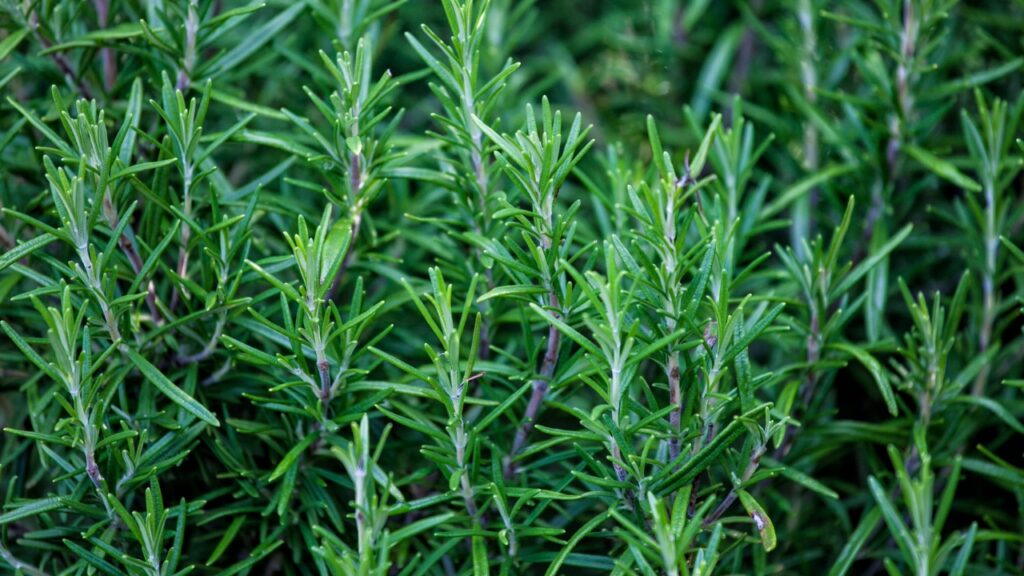
There are few garden plants that slugs and snails won’t nosh on, but they are especially fond of basil, beans, cabbage, hostas, leafy vegetables, dahlias, marigolds, and strawberries. In areas of the garden where slugs and snails are particularly troublesome, you can send them packing by growing plants that won’t whet their appetites. Generally, they’ll steer clear of herbs with highly aromatic leaves (such as lavender, rosemary, and sage), most woody plants, ornamental grasses, and plants with leathery, fuzzy or prickly foliage.
Tip: Use plants that slugs and snails love, such as marigolds , as “traps” by planting them along the edges of your garden. They will lure slugs away from other vulnerable plants and make it easier for you to find and remove them.
8. Planting Flowers And Herbs

plants are known to repel slugs so placing plants such as Astrantia, Lady’s Mantle, Dianthus, Foxglove, Geranium, Peony, Lavender, Phlox, Alyssum and Lobelia, African violet, Strawberry Begonia and Gloxinia may help. It’s unlikely that anybody with a standard vegetable patch/allotment arrangement would go to this trouble but may be worth trying some. I can’t help but think how lovely a lavender hedge around my patch would look and smell though, and attract lots of bees and hoverflies too.
9. Start Seedlings Off Indoors
Once they’re a decent size of around 10 cm or so in height, transplant them outside. If you’re unable to do this, place a cut-in-half clear drink bottle around seeds/seedlings until they’re bigger and stronger (leave the lid off to allow for ventilation.
10. Instant Death
If you prefer to permanently get rid of slugs the most humane method is to cut them in half causing instant death. It’s strange how we might feel squeamish about that, yet are ready to kill them with less hands-on methods that might cause them pain. Other methods are putting boiling water into an empty milk carton, picking up the slugs and dropping them in. I’ve read that after a few days this foul-smelling solution can be watered onto soil which will detract other slugs from venturing onto it, but have yet to try it. I guess when you’ve seen slugs wipe out your entire seed collection the war is on.
11. Encourage Predators
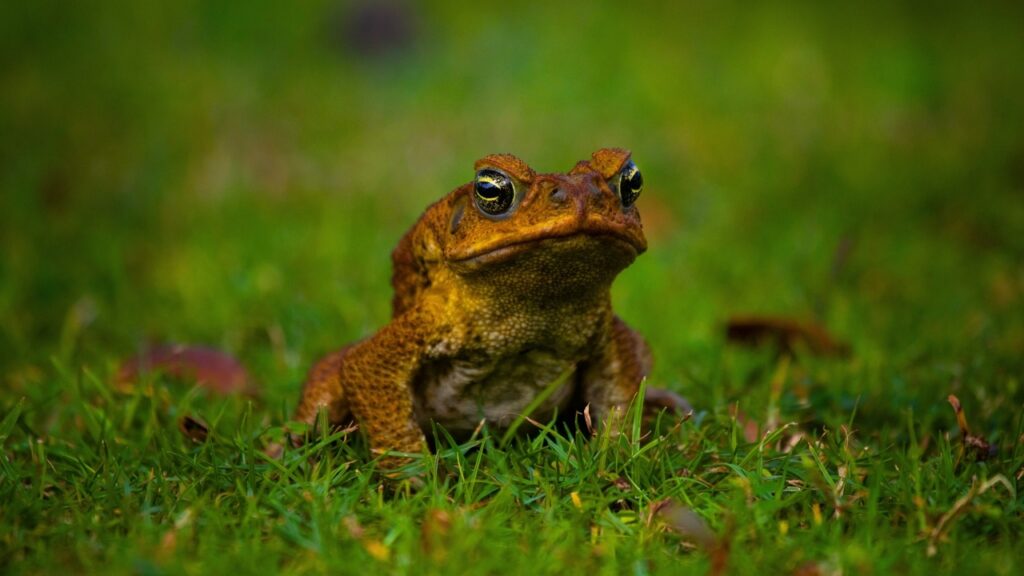
Birds, frogs, toads, Devils coach-horse beetles and hedgehogs all like to snack on slugs. Ducks and some hens enjoy snacking on them too, if you’re lucky enough to have them. Turning over soil will expose the slugs to birds in dry weather. If you let your poultry roam the garden but are worried about your seedlings and plants, covering the soil with horticultural fleece should be enough of a deterrent to keep them away.
By following these steps and incorporating this natural method into your gardening routine, you can enjoy a slug and snail-free garden while protecting the environment and your plants.

